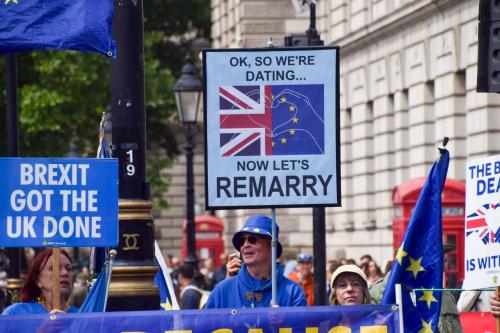“The nation’s consciousness has been raised by the repeated acts of police brutality against blacks. But the problem of public space violence—seen in the extraordinary distress, trauma and pain many poor inner-city families experience following the killing of a family member or close relative—also deserves our special attention.”
So argued William Julius Wilson, world-renowned scholar and newly appointed Brookings Nonresident Senior Fellow, on this blog yesterday. That special attention could usefully start with some of the most important facts. Gun deaths vary dramatically by gender and race:
Young adult gun deaths by race and gender
The differences among young adults—those aged between 20 and 29—are even starker, according to CDC data for 2011 through 2013:
In 2013, firearm deaths accounted for over 11 percent of all years of potential life lost among the black population, but less than 6 percent of all years of potential life lost among the white population.
White suicides, black homicides
Gun deaths also vary dramatically by type. The vast majority (77 percent) of white gun deaths are suicides; less than one in five (19 percent) is a homicide. These figures are nearly opposite in the black population, where only 14 percent of gun deaths are suicides but 82 percent are homicides:
The firearm homicide rate among black men aged 20-29 is about 89 per 100,000.To put that fact in some international perspective, in Honduras—the country with the highest recorded homicide rate—there were 90.4 intentional murders per 100,000 people in 2012. That includes all means, not just firearm homicides.
‘Distress, trauma, and pain’: social costs
Gun violence can have a series of serious snowball effects in education, health, incarceration, family instability, and social capital. To take one example, anxiety levels rise and cognitive functioning worsens among school children following a violent crime within half a mile of their home, according to a study by Dana Charles McCoy, C. Cybele Raver and Patrick Sharkey. Individuals who witness violence are also at increased risk for a variety of mental health issues, which can manifest as post-traumatic stress disorder, depression, poor academic performance, substance abuse, risky sexual behavior, delinquency, and violent behavior, notes David Hemenway. And as Wilson suggests, these costs weigh largely on the shoulders of black Americans.
Gun violence is part of a vicious cycle of race and inequality in the U.S., reflecting existing social inequalities, and also making it even more challenging for young black people, especially young black men, to escape poverty and violence.
The Brookings Institution is committed to quality, independence, and impact.
We are supported by a diverse array of funders. In line with our values and policies, each Brookings publication represents the sole views of its author(s).














Commentary
Guns and race: The different worlds of black and white Americans
December 15, 2015